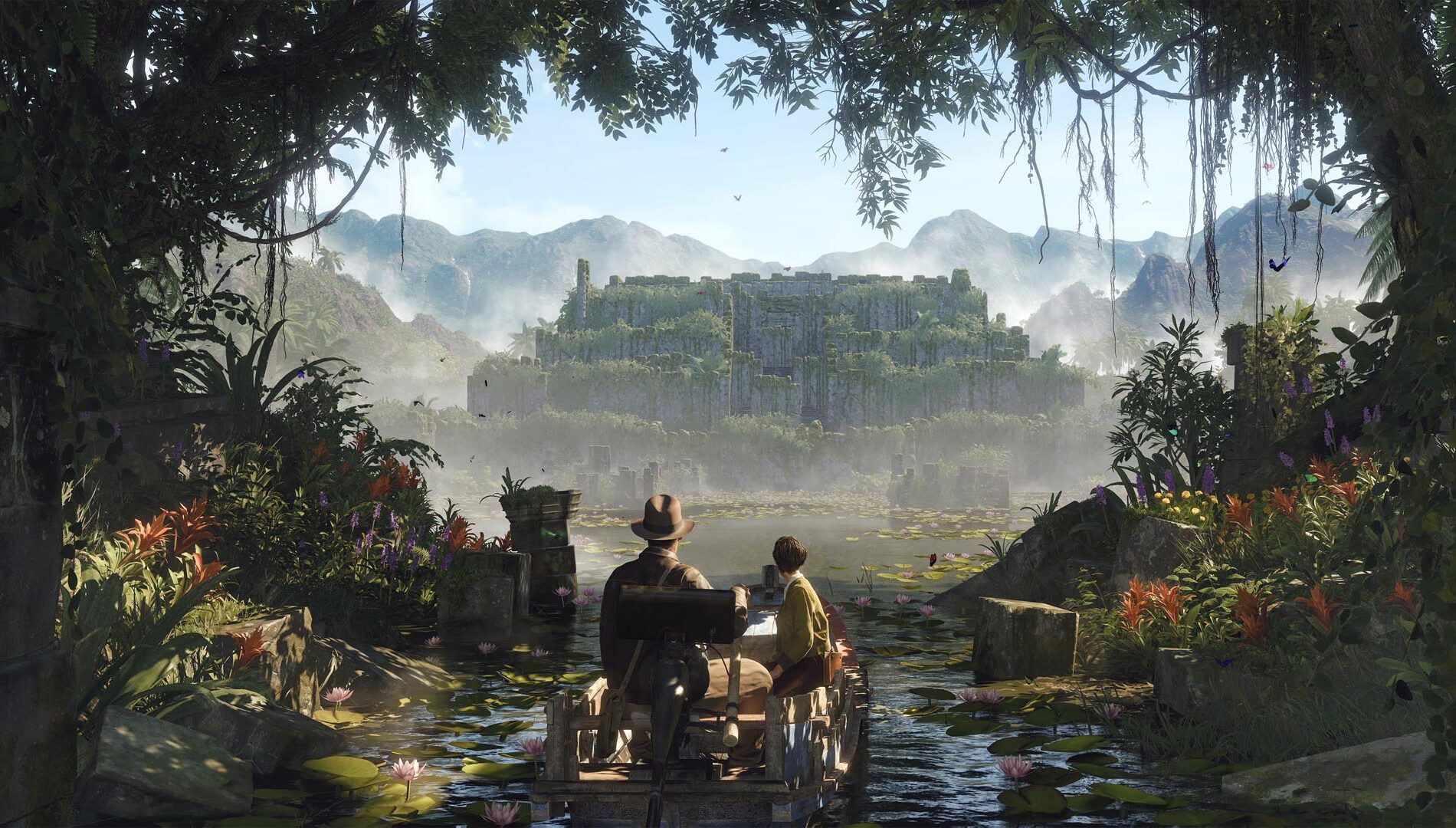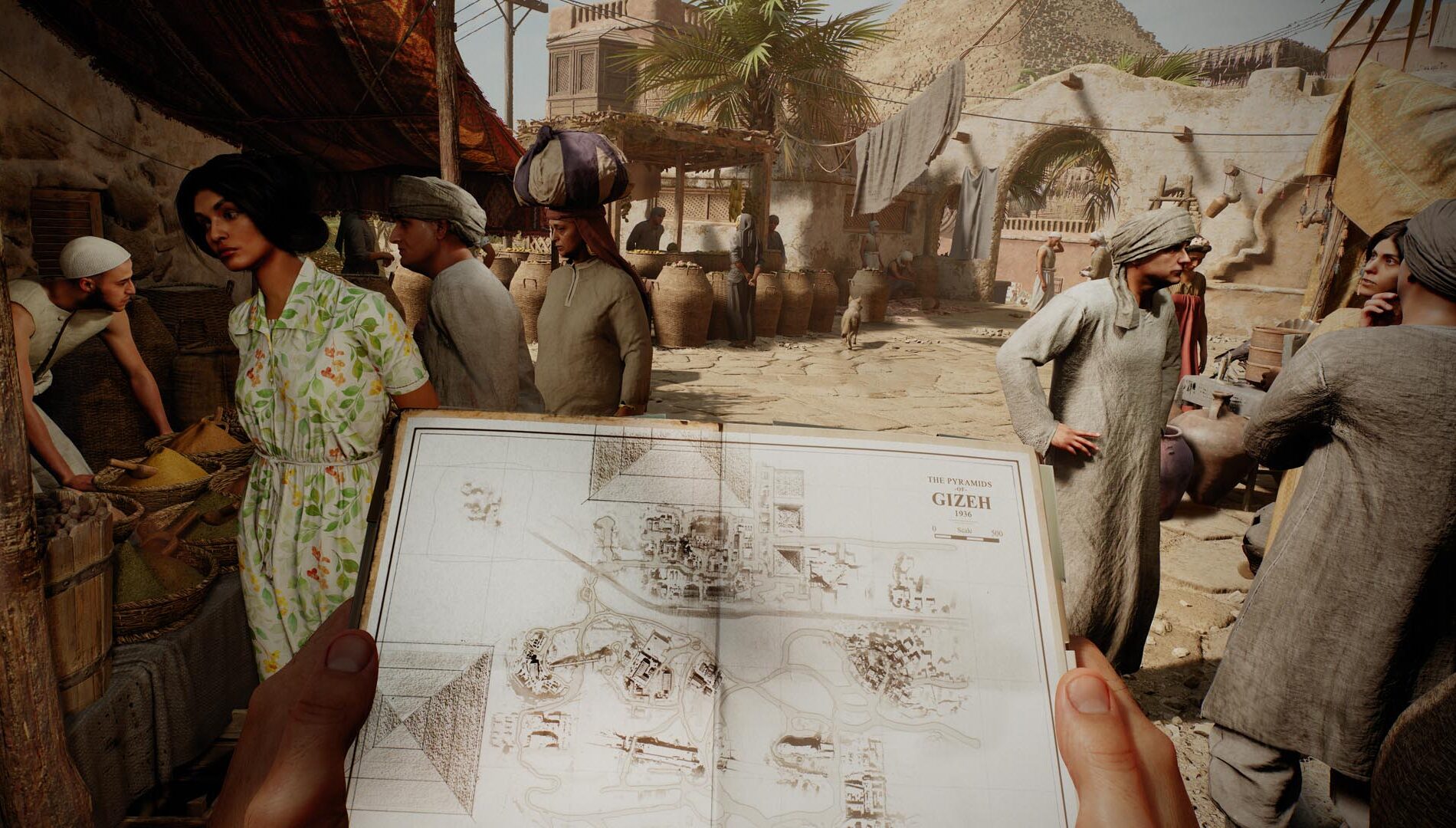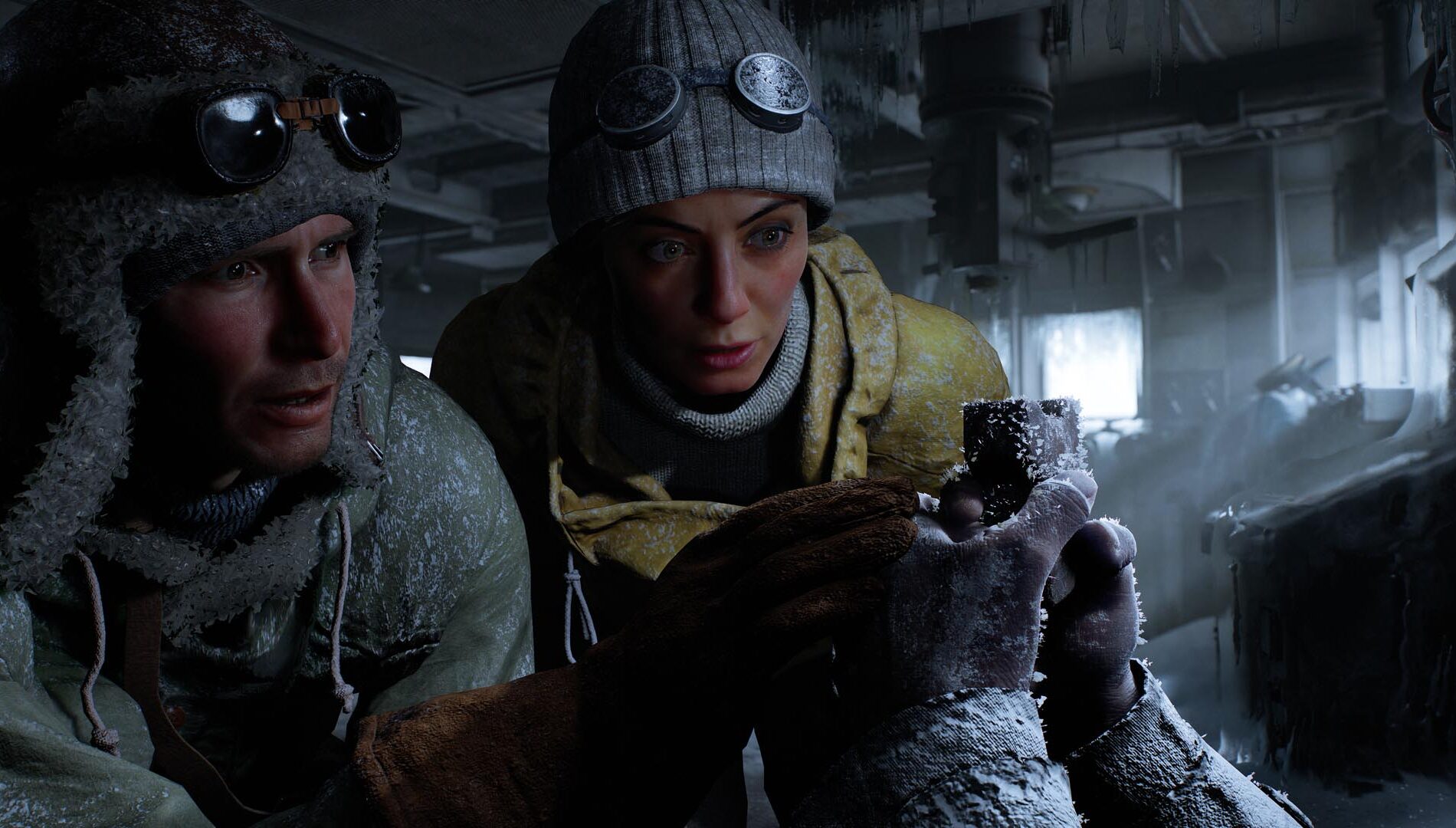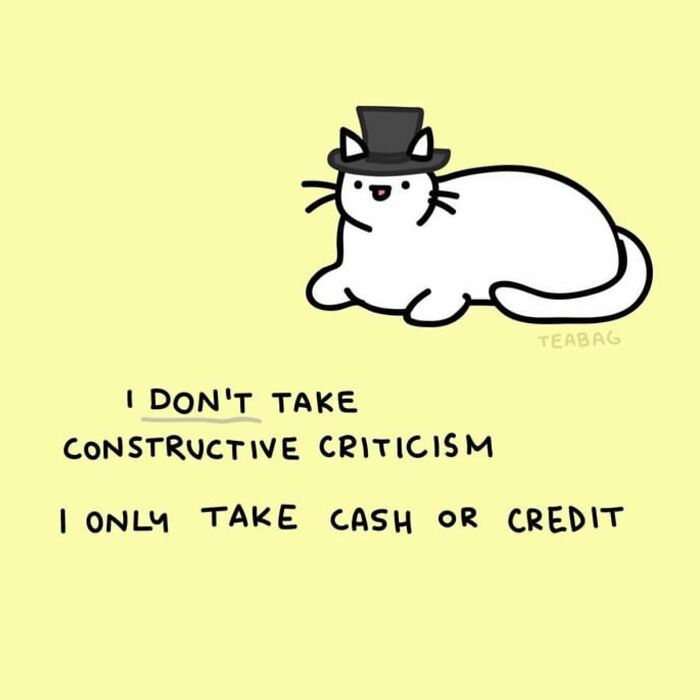Mechanisms Become Mechanics: Inventing Puzzles For Indiana Jones And The Great Circle

Mechanisms Become Mechanics: Inventing Puzzles for Indiana Jones and the Great Circle
From refracting light through the Staff of Ra, to decoding the mysteries of the Grail Temple, the Indiana Jones series has repeatedly returned to puzzles as part of its storytelling. In many ways, that’s more reminiscent of gaming than it is traditional moviemaking. The pleasure of a puzzle – the initial challenge, the gentle realization of how it fits together, and the “aha!” moment – is key to so many games in the same way as it is those classic movies.
As you’d expect, with Indiana Jones and the Great Circle, puzzles are everywhere. They of course pepper the key storyline, and the game’s open sections are stuffed with optional puzzles for those who like to test their mental might. But that doesn’t mean building all this was as simple as transplanting ideas from the films into a gaming context.
“Puzzles and traps are such cornerstones of Indiana Jones, and it’s been incredibly important to represent them well in Indiana Jones and the Great Circle,” explains Design Director, Jens Andersson. “But, as you could imagine, the ones we see in the movie don’t really translate directly into a game.”
Lock and Key
Where the movies can allow for leaps in logic from Indy to keep things moving, when the game asks players to step into the adventurer’s shoes, they need to feel empowered to solve every part of a puzzle themselves – just as Indy would. Andersson says the movies helped them craft the “look and feel” of a prototypical Indiana Jones puzzle, but the detail of each one needed to be built from the ground up. It meant MachineGames had to create spaces that offer up every clue, without giving away their solutions. The puzzles inside needed to be built around existing game mechanics, but always feel inventive. And the rewards, especially for optional puzzles, needed to feel worth the effort of having solved it all.
“It was a long process to figure out exactly what puzzles should and shouldn’t be in the game,” Andersson continues. “For a big adventure game like this, there often aren’t many good references for how to integrate interesting and challenging puzzles. We wanted a bigger challenge than you normally see in big action-adventure games out there, something where you actually have to think, while still being accessible to a ton of people and making sure that the player never gets stuck.
“Since we are a predominantly first-person game with very physical interactions, there are also some styles of puzzles that work better than others. What we’ve ended up with is a wide variety of puzzles, from epic tombs to small mysteries. This variation is something that fits it great, since it keeps the game fresh throughout the whole experience.”

Even taking a single section of the game, you can feel that variation. Exploring the open map of The Great Circle’s Gizeh section, I stumble on puzzles that lead me into trap-ridden dungeons, offering more action-oriented moments, while others have me patiently figuring out codes indicated by murals, and another might simply surround me with scorpions and ask me to figure my way out.
And this is just one area of the game. The beauty of Indiana Jones and the Great Circle is that it’ll take you across the globe, and Andersson makes clear that thought was put into what kind of puzzles you’ll find in each location – who built them? Are they ancient or modern? What would they be leading to?: “The puzzles you find in the tombs of Gizeh are very different from the Khmer-built machinery of Sukhothai. And when infiltrating enemy camps, you sometimes have to use ciphers and other tools to decrypt their messages.
“And because of that there was no wrong starting point for the design of a puzzle. We could start with an abstract idea about how to place pieces on a board. Or another could be inspired by the strange visuals that our amazing art team cooked up. Each new location in the game provided a new set of inspirations that our designers could use as a starting point. The important thing is that they are both fun to explore and to execute – often with multiple steps that makes you go, ‘Aha!’”
Ancient Secrets

The variation extends to how in-depth these puzzles will be, too, but a key goal for the team has been not to tie the idea of size directly to difficulty. The core storyline includes some of the game’s most wide-ranging puzzle sequences but, when a puzzle is mandatory, being too difficult could cause some players to get frustrated. Equally, you don’t want puzzle fanatics to feel like it’s too easy. This is where the game’s specific Adventure Difficulty setting comes in, allowing players to tailor how they want to play:
“Naturally, many of the bigger puzzles are intricately tied to the story,” says Andersson. “We’ve taken special care with those since they need to be accessible to all types of players and made sure they support our ‘light’ Adventure Difficulty level. If you play on that one, you’ll still get to experience the fun of solving the puzzle, but it won’t require as many steps or be as challenging as the normal Adventure Difficulty level is.”
And if you do get stuck, Indy comes equipped with an optional tool to ease any friction – you can pull out his camera and snap a picture to be given hints:
“While some people, me included, can enjoy spending large amounts of time trying to crack a particularly hard puzzle, that is not for everyone, and we want to support those players too. At the same time, having the game nag that hints are available just because you spent a little bit extra time to explore can be annoying and stressful, and take you out of the experience, so we wanted a way to provide hints without them being pushed on you.

“Using Indy’s Camera as an Opt-In hint system proved to be a perfect solution. As you inspect the puzzle, you’ll see that there are hints available, but you can take all the time you need to explore and experiment. If you decide that you need a little bit of help, you can just pull up the camera and take a photo of the puzzle to request a hint for it. And if that’s not enough, you can just keep snapping for more and more detailed hints.”
And for the real puzzle fanatics out there, Andersson teases that the game will include some truly testing optional puzzles – the hardest in the game – which won’t allow the hint system at all. If you’re not interested, there’s no obligation to try them – but if you are, prepare for a test worthy of a true adventurer.
Much of the pleasure of the Indiana Jones movies’ puzzles are in trying to solve them along with Indy – no matter how different they might need to be in practice in a game, that goal remains the same. You as Indy will get the same primal thrill from slotting the pieces in place – that’s as much of a treasure as the rewards themselves.
Indiana Jones and the Great Circle comes to Xbox Series X|S and Windows PC (with Game Pass), or Steam on December 9. Premium and Collector’s Editions will offer up to 3 days of early access from December 6.
Indiana Jones and the Great Circle : Digital Premium Edition
: Digital Premium Edition
 Pack with the Traveling Suit Outfit and Lion Tamer Whip, as seen in The Last Crusade
Pack with the Traveling Suit Outfit and Lion Tamer Whip, as seen in The Last Crusade .
***
Live the adventure with the Premium Edition of Indiana Jones and the Great Circle
.
***
Live the adventure with the Premium Edition of Indiana Jones and the Great Circle !
INCLUDES:
• Base Game (digital code)
• Up to 3-Day Early Access**
• Indiana Jones and the Great Circle: The Order of Giants Story DLC†
• Digital Artbook
• Temple of Doom
!
INCLUDES:
• Base Game (digital code)
• Up to 3-Day Early Access**
• Indiana Jones and the Great Circle: The Order of Giants Story DLC†
• Digital Artbook
• Temple of Doom Outfit
***
Uncover one of history’s greatest mysteries in Indiana Jones and the Great Circle, a first-person, single-player adventure set between the events of Raiders of the Lost Ark
Outfit
***
Uncover one of history’s greatest mysteries in Indiana Jones and the Great Circle, a first-person, single-player adventure set between the events of Raiders of the Lost Ark and The Last Crusade. The year is 1937, sinister forces are scouring the globe for the secret to an ancient power connected to the Great Circle, and only one person can stop them – Indiana Jones
and The Last Crusade. The year is 1937, sinister forces are scouring the globe for the secret to an ancient power connected to the Great Circle, and only one person can stop them – Indiana Jones . You’ll become the legendary archaeologist in this cinematic action-adventure game from MachineGames, the award-winning studio behind the recent Wolfenstein series, and executive produced by Hall of Fame game designer Todd Howard.
YOU ARE INDIANA JONES
Live the adventure as Indy in a thrilling story full of exploration, immersive action, and intriguing puzzles. As the brilliant archaeologist – famed for his keen intellect, cunning resourcefulness, and trademark humor – you will travel the world in a race against enemy forces to discover the secrets to one of the greatest mysteries of all time.
A WORLD OF MYSTERY AWAITS
Travel from the halls of Marshall College to the heart of the Vatican, the pyramids of Egypt, the sunken temples of Sukhothai, and beyond. When a break-in in the dead of night ends in a confrontation with a mysterious colossal man, you must set out to discover the world-shattering secret behind the theft of a seemingly unimportant artifact. Forging new alliances and facing familiar enemies, you’ll engage with intriguing characters, use guile and wits to solve ancient riddles, and survive intense set-pieces.
WHIP-CRACKING ACTION
Indiana’s trademark whip remains at the heart of his gear and can be used to distract, disarm, and attack enemies. But the whip isn’t just a weapon, it’s Indy’s most valuable tool for navigating the environment. Swing over unsuspecting patrols and scale walls as you make your way through a striking world. Combine stealth infiltration, melee combat, and gunplay to combat the enemy threat and unravel the mystery.
THE SPIRIT OF DISCOVERY
Venture through a dynamic mix of linear, narrative-driven gameplay and open-area maps. Indulge your inner explorer and unearth a world of fascinating secrets, deadly traps and fiendish puzzles, where anything could potentially hide the next piece of the mystery – or snakes. Why did it have to be snakes?
*Game Pass members get access to all pre-order content as long as Game Pass subscription is active.
**Actual play time depends on purchase date and applicable time zone differences, subject to possible outages.
†DLC availability to be provided at a later date.
. You’ll become the legendary archaeologist in this cinematic action-adventure game from MachineGames, the award-winning studio behind the recent Wolfenstein series, and executive produced by Hall of Fame game designer Todd Howard.
YOU ARE INDIANA JONES
Live the adventure as Indy in a thrilling story full of exploration, immersive action, and intriguing puzzles. As the brilliant archaeologist – famed for his keen intellect, cunning resourcefulness, and trademark humor – you will travel the world in a race against enemy forces to discover the secrets to one of the greatest mysteries of all time.
A WORLD OF MYSTERY AWAITS
Travel from the halls of Marshall College to the heart of the Vatican, the pyramids of Egypt, the sunken temples of Sukhothai, and beyond. When a break-in in the dead of night ends in a confrontation with a mysterious colossal man, you must set out to discover the world-shattering secret behind the theft of a seemingly unimportant artifact. Forging new alliances and facing familiar enemies, you’ll engage with intriguing characters, use guile and wits to solve ancient riddles, and survive intense set-pieces.
WHIP-CRACKING ACTION
Indiana’s trademark whip remains at the heart of his gear and can be used to distract, disarm, and attack enemies. But the whip isn’t just a weapon, it’s Indy’s most valuable tool for navigating the environment. Swing over unsuspecting patrols and scale walls as you make your way through a striking world. Combine stealth infiltration, melee combat, and gunplay to combat the enemy threat and unravel the mystery.
THE SPIRIT OF DISCOVERY
Venture through a dynamic mix of linear, narrative-driven gameplay and open-area maps. Indulge your inner explorer and unearth a world of fascinating secrets, deadly traps and fiendish puzzles, where anything could potentially hide the next piece of the mystery – or snakes. Why did it have to be snakes?
*Game Pass members get access to all pre-order content as long as Game Pass subscription is active.
**Actual play time depends on purchase date and applicable time zone differences, subject to possible outages.
†DLC availability to be provided at a later date. Indiana Jones and the Great Circle Standard Edition
Standard Edition
 Pack with the Traveling Suit Outfit and Lion Tamer Whip, as seen in The Last Crusade
Pack with the Traveling Suit Outfit and Lion Tamer Whip, as seen in The Last Crusade .
***
Uncover one of history’s greatest mysteries in Indiana Jones and the Great Circle
.
***
Uncover one of history’s greatest mysteries in Indiana Jones and the Great Circle , a first-person, single-player adventure set between the events of Raiders of the Lost Ark
, a first-person, single-player adventure set between the events of Raiders of the Lost Ark and The Last Crusade. The year is 1937, sinister forces are scouring the globe for the secret to an ancient power connected to the Great Circle, and only one person can stop them – Indiana Jones
and The Last Crusade. The year is 1937, sinister forces are scouring the globe for the secret to an ancient power connected to the Great Circle, and only one person can stop them – Indiana Jones . You’ll become the legendary archaeologist in this cinematic action-adventure game from MachineGames, the award-winning studio behind the recent Wolfenstein series, and executive produced by Hall of Fame game designer Todd Howard.
YOU ARE INDIANA JONES
Live the adventure as Indy in a thrilling story full of exploration, immersive action, and intriguing puzzles. As the brilliant archaeologist – famed for his keen intellect, cunning resourcefulness, and trademark humor – you will travel the world in a race against enemy forces to discover the secrets to one of the greatest mysteries of all time.
A WORLD OF MYSTERY AWAITS
Travel from the halls of Marshall College to the heart of the Vatican, the pyramids of Egypt, the sunken temples of Sukhothai, and beyond. When a break-in in the dead of night ends in a confrontation with a mysterious colossal man, you must set out to discover the world-shattering secret behind the theft of a seemingly unimportant artifact. Forging new alliances and facing familiar enemies, you’ll engage with intriguing characters, use guile and wits to solve ancient riddles, and survive intense set-pieces.
WHIP-CRACKING ACTION
Indiana’s trademark whip remains at the heart of his gear and can be used to distract, disarm, and attack enemies. But the whip isn’t just a weapon, it’s Indy’s most valuable tool for navigating the environment. Swing over unsuspecting patrols and scale walls as you make your way through a striking world. Combine stealth infiltration, melee combat, and gunplay to combat the enemy threat and unravel the mystery.
THE SPIRIT OF DISCOVERY
Venture through a dynamic mix of linear, narrative-driven gameplay and open-area maps. Indulge your inner explorer and unearth a world of fascinating secrets, deadly traps and fiendish puzzles, where anything could potentially hide the next piece of the mystery – or snakes. Why did it have to be snakes?
*Game Pass members get access to all pre-order content as long as Game Pass subscription is active.
. You’ll become the legendary archaeologist in this cinematic action-adventure game from MachineGames, the award-winning studio behind the recent Wolfenstein series, and executive produced by Hall of Fame game designer Todd Howard.
YOU ARE INDIANA JONES
Live the adventure as Indy in a thrilling story full of exploration, immersive action, and intriguing puzzles. As the brilliant archaeologist – famed for his keen intellect, cunning resourcefulness, and trademark humor – you will travel the world in a race against enemy forces to discover the secrets to one of the greatest mysteries of all time.
A WORLD OF MYSTERY AWAITS
Travel from the halls of Marshall College to the heart of the Vatican, the pyramids of Egypt, the sunken temples of Sukhothai, and beyond. When a break-in in the dead of night ends in a confrontation with a mysterious colossal man, you must set out to discover the world-shattering secret behind the theft of a seemingly unimportant artifact. Forging new alliances and facing familiar enemies, you’ll engage with intriguing characters, use guile and wits to solve ancient riddles, and survive intense set-pieces.
WHIP-CRACKING ACTION
Indiana’s trademark whip remains at the heart of his gear and can be used to distract, disarm, and attack enemies. But the whip isn’t just a weapon, it’s Indy’s most valuable tool for navigating the environment. Swing over unsuspecting patrols and scale walls as you make your way through a striking world. Combine stealth infiltration, melee combat, and gunplay to combat the enemy threat and unravel the mystery.
THE SPIRIT OF DISCOVERY
Venture through a dynamic mix of linear, narrative-driven gameplay and open-area maps. Indulge your inner explorer and unearth a world of fascinating secrets, deadly traps and fiendish puzzles, where anything could potentially hide the next piece of the mystery – or snakes. Why did it have to be snakes?
*Game Pass members get access to all pre-order content as long as Game Pass subscription is active. Related Stories for “Mechanisms Become Mechanics: Inventing Puzzles for Indiana Jones and the Great Circle”
The post Mechanisms Become Mechanics: Inventing Puzzles for Indiana Jones and the Great Circle appeared first on Xbox Wire.




